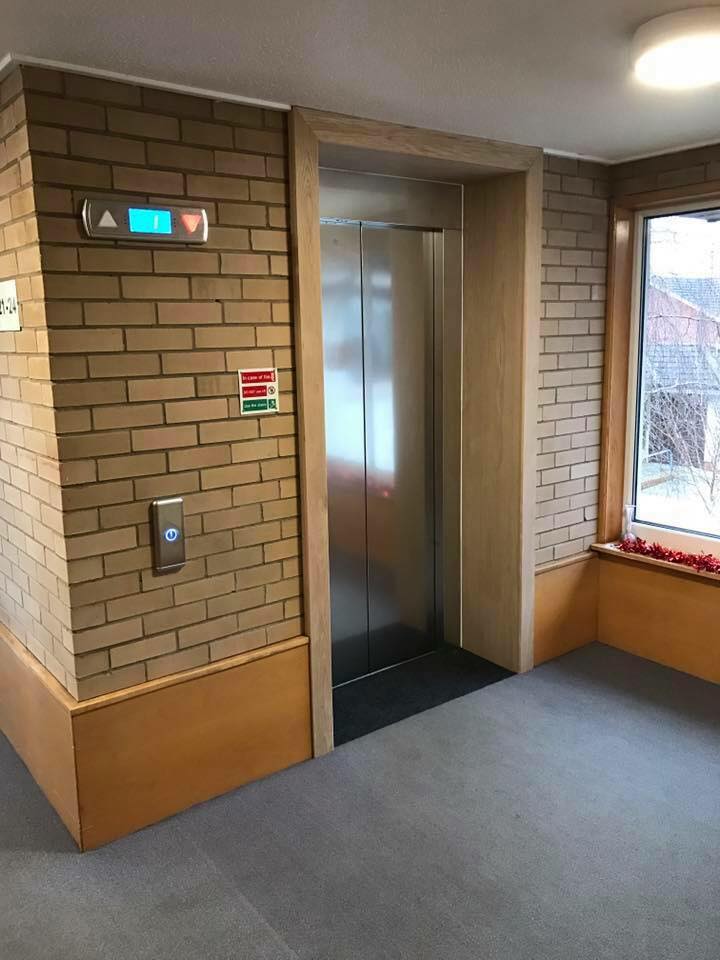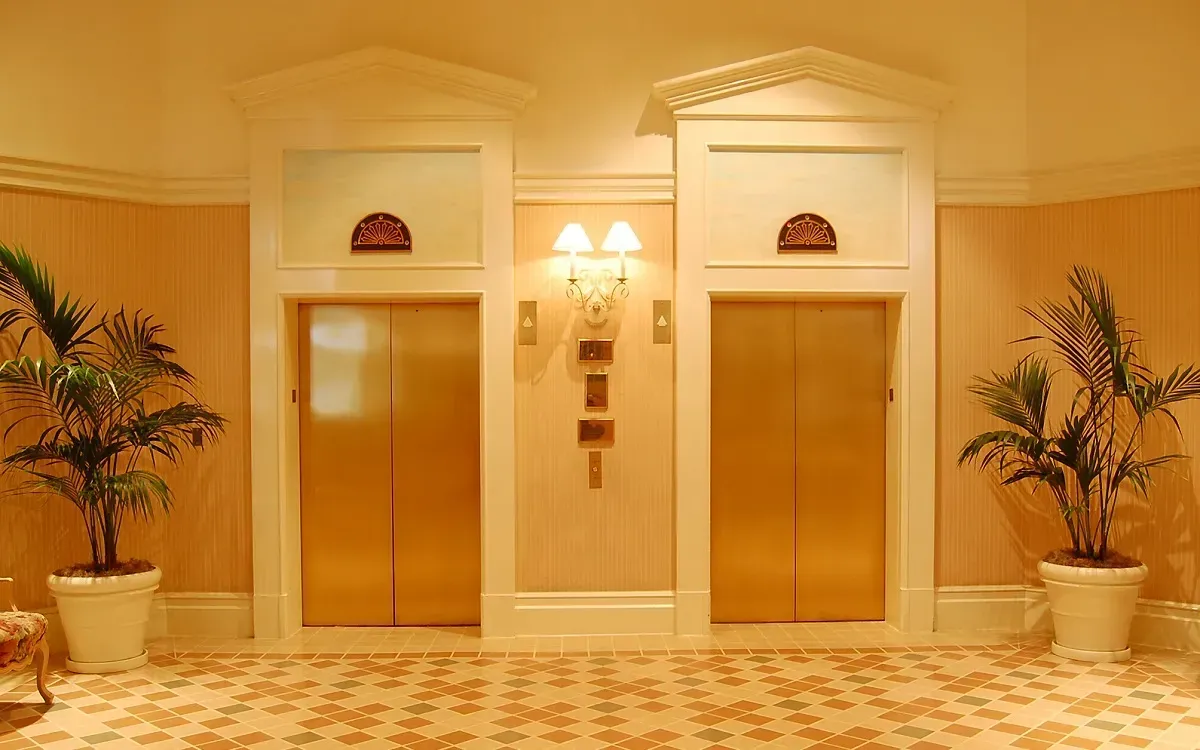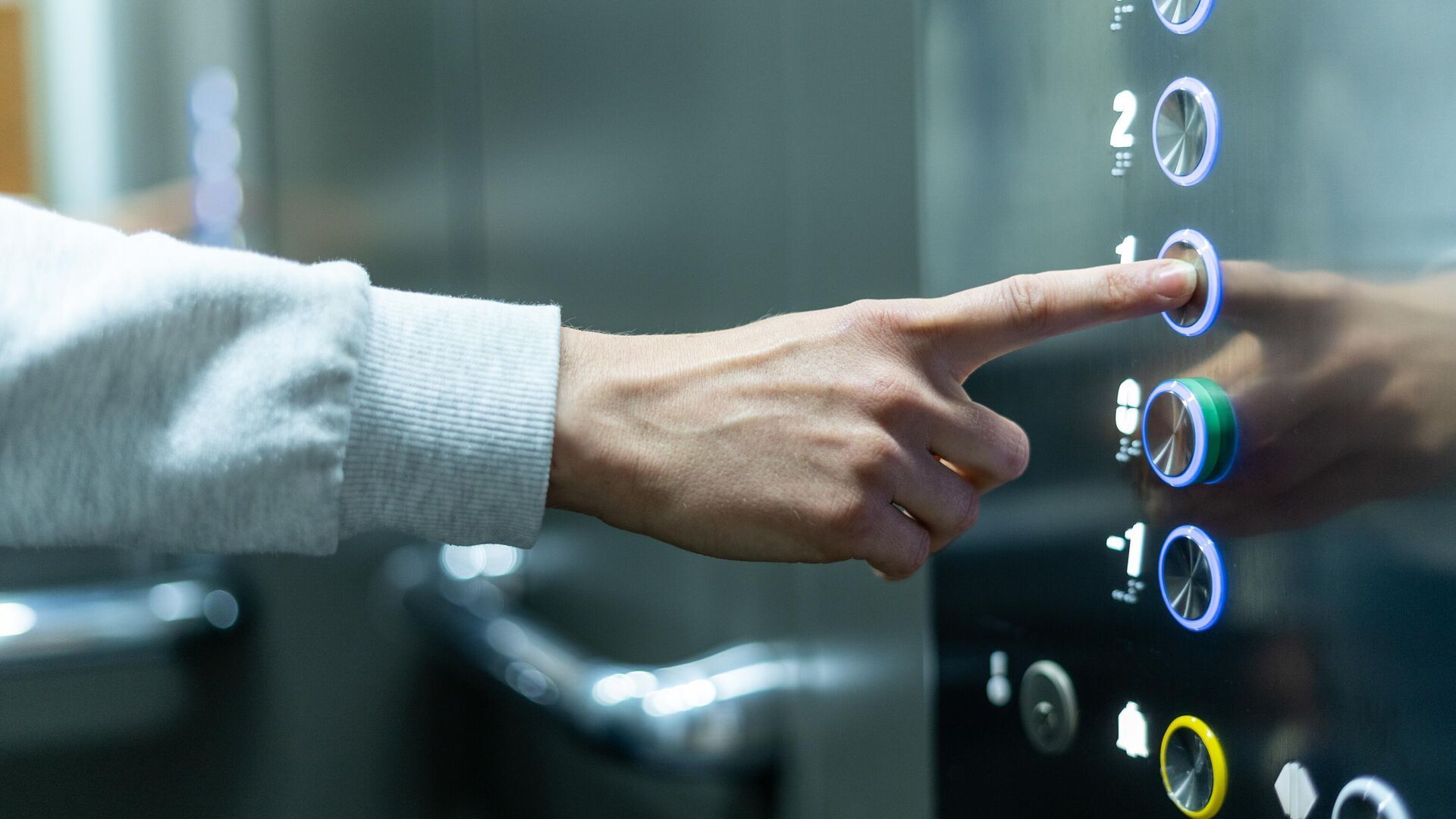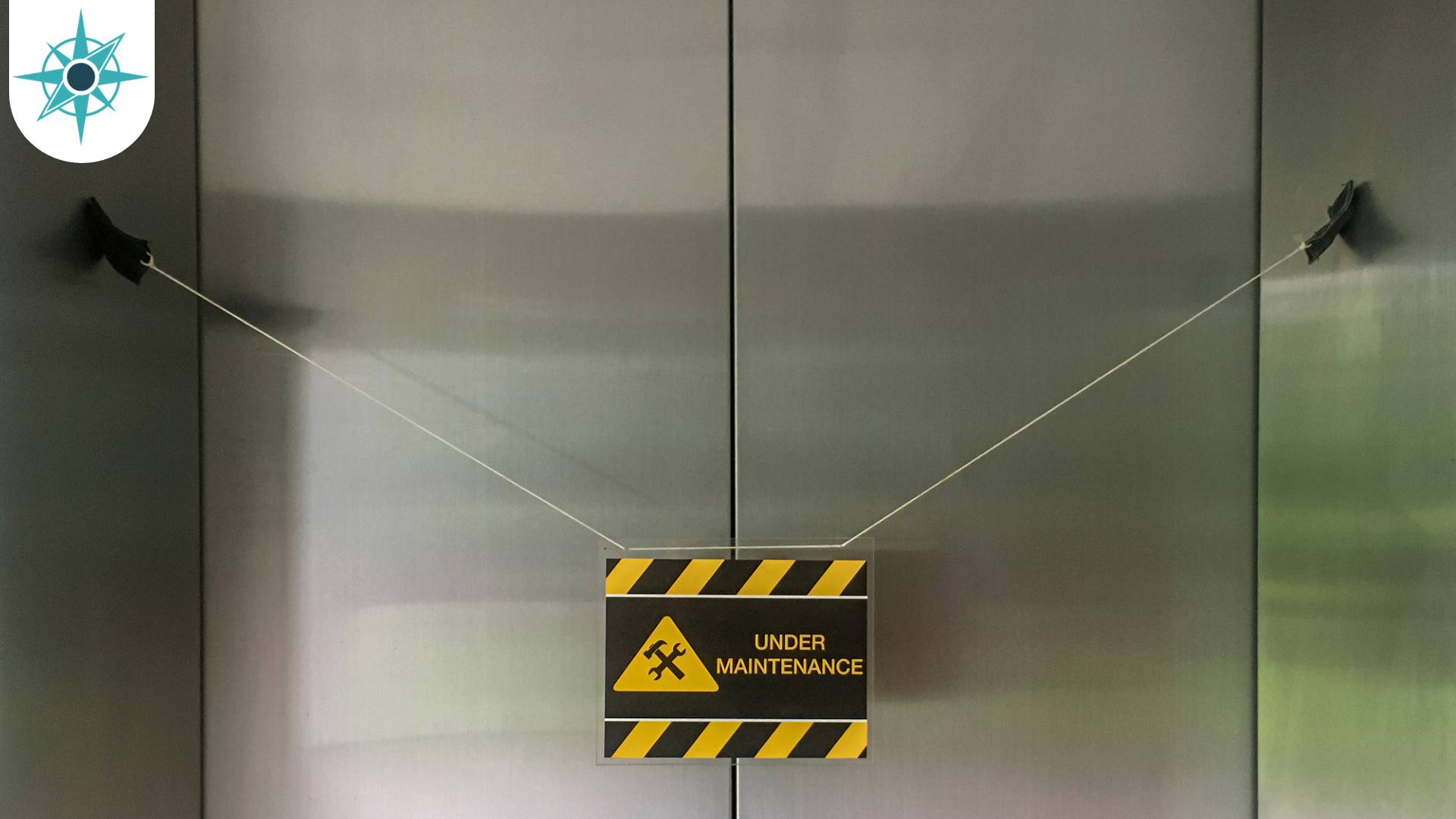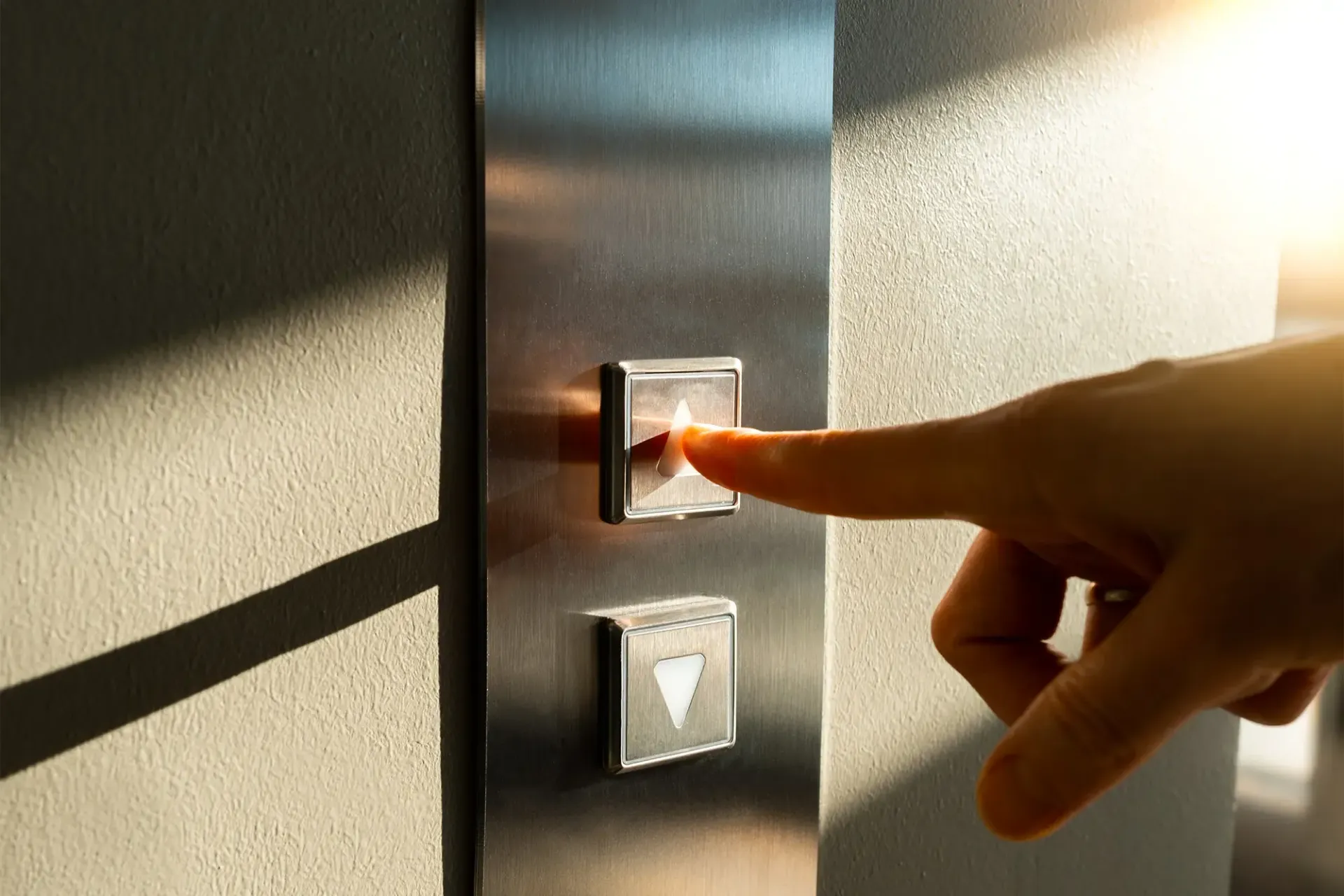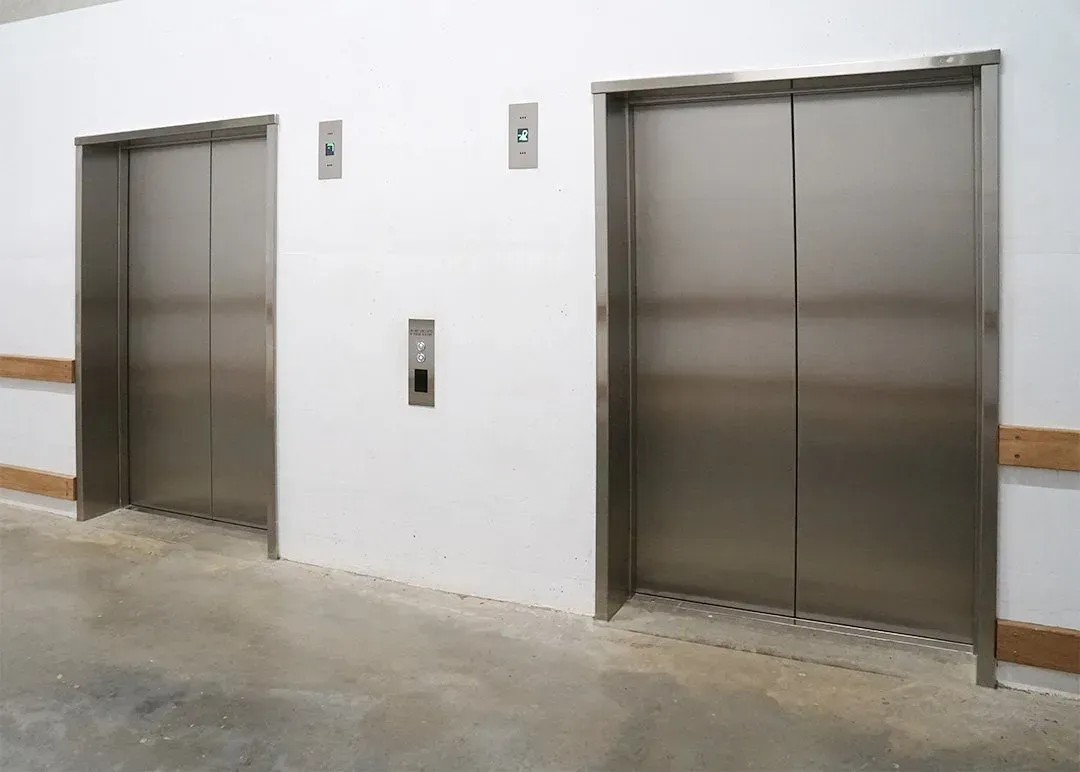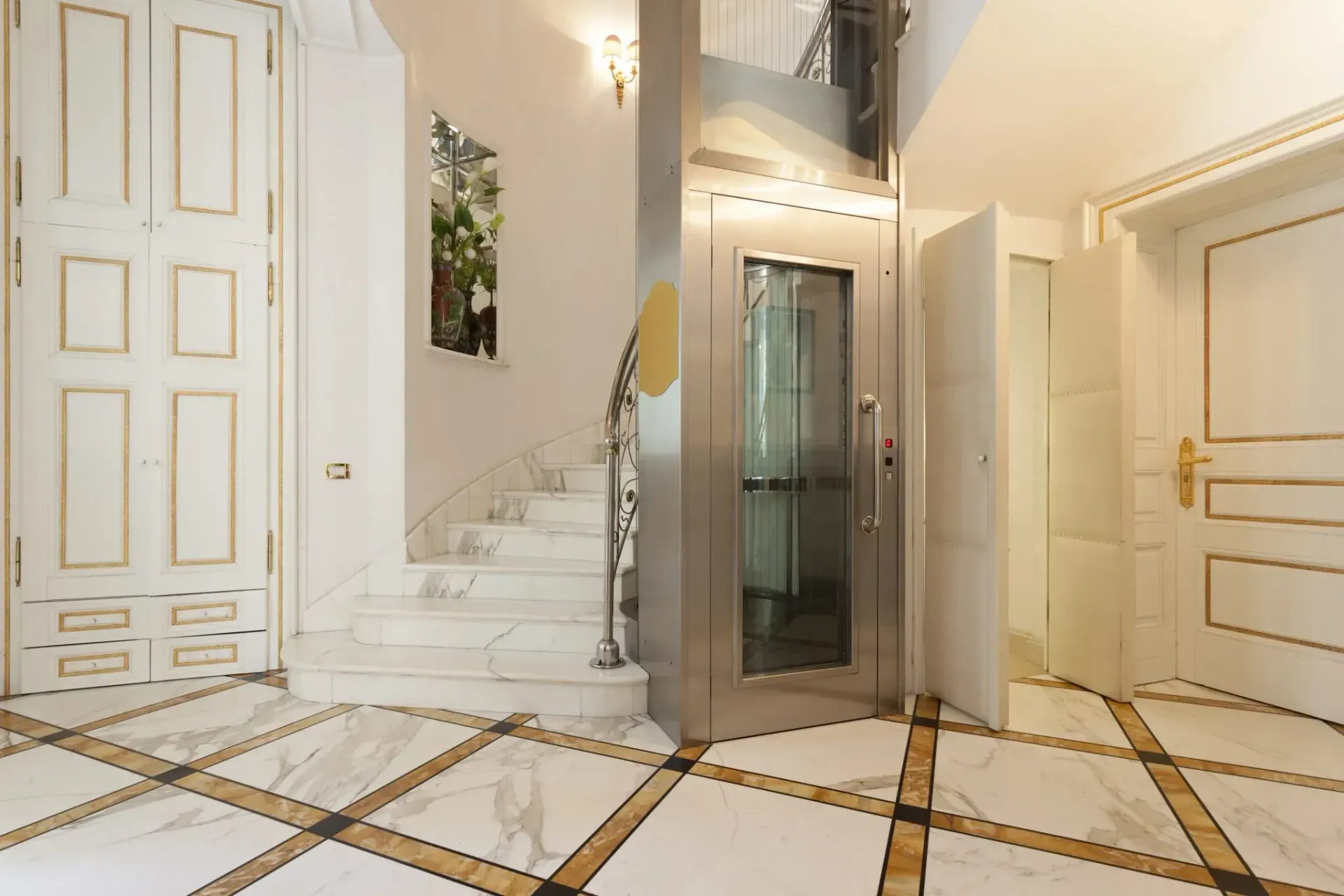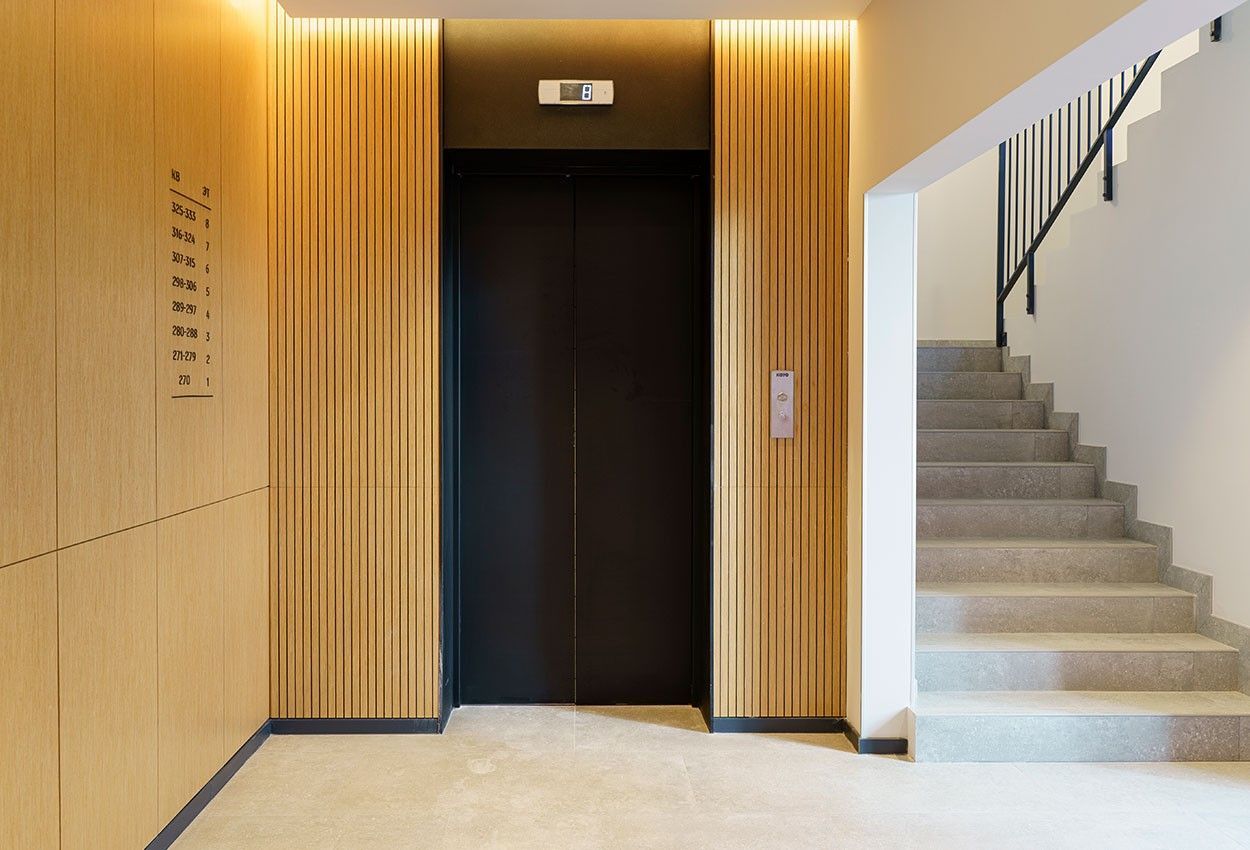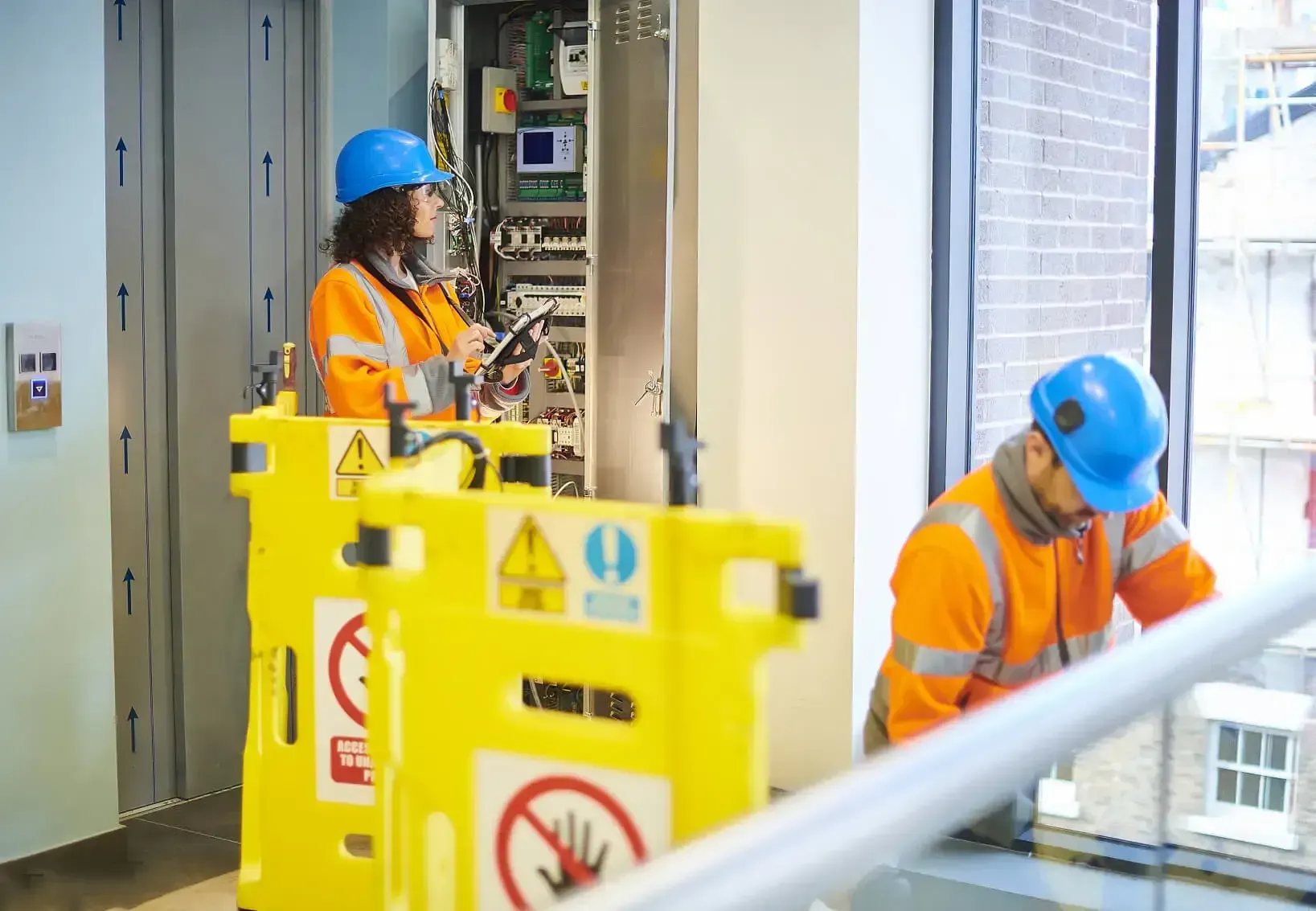How to Make Your Lift More Eco-Friendly
Given the current climate, there is a heavy focus on sustainable living and implementing more eco practices in our lives where possible. It may come as a surprise to you that one way in which this can be done is through conscious lift design.
Yep, you heard us, energy saving lifts are a thing, and we firmly believe that you should consider making your lift more eco-friendly through such energy saving methods. How do you go about doing this? Keep reading to find out.
Lighting
Many modern lifts use fluorescent halogen lighting. Although these provide bright visibility, they are extremely energy inefficient, wasting a lot of excess thermal energy and having a short life-span in comparison to other forms of lighting. Which brings us onto LED lights.
LED light bulbs can last up to 10 times longer than halogen lights, whilst emitting a brighter light despite using far less energy. While halogen bulbs waste more energy in the form of heat than the amount they produce in light, the opposite is true for LEDs, which produce more light and waste less energy through heat loss.
This is what makes them the efficient choice for your lift. Not only will they last longer, saving you time and money from having to replace them so often, but they will reduce the energy consumption of your lighting by up to 80%.
Standby Mode
If your building has a standard lift in place, then this lift will remain on all day - using power even when it is not in use. However, this means that if you don’t have people calling your lift regularly throughout the day, then a lot of your power is being wasted.
This can be avoided. If you install an eco lift, it will go into standby mode when it is not in use - essentially all its elements will enter a state of hibernation, then will turn back on when they receive the signal that the button has been pressed and the lift is needed.
By doing so, you will be saving money and reducing your carbon footprint, since this type of lift reduces power consumption (by entering this standby mode) compared to standard lifts.
Control System
Most lifts are connected to a machine room, which contains the controls and machinery required to operate a lift. This includes components such as the machine brake, drive motor, counterweight governor, electrical disconnects and light control switch, among others.
All of this machinery and equipment equates to a fair bit of power use. Lifts can, however, be designed to operate without machine rooms, reducing this vast amount of power that is otherwise needed.
Eco lifts that have been made without a machine room instead use a control system with a microprocessor and Controller Area Network (CAN) technology, which transfer various signals that will initiate the necessary responses required for the lift to work. Instead of having a machine room above the lift, machine room-less (MRL) lifts typically have this system positioned in the hoistway (for traction lifts) and a controller cabinet located on the top floor next to the lift.
This saves a lot of space (offering you more space for other uses), meaning much less power is used to install an MRL lift, as well as less power being used by them in operation, since there is less machinery and equipment at work. This also means you have less machinery to buy and maintain!
ADL Lift Services
Are you considering installing an eco lift? ADL Lift Services has what you need. We offer eco lift installation and maintenance across the UK - our eco lifts even harness electricity that would otherwise be wasted and send it back to the grid, saving you even more money and efficiency!
Get in touch with us today to learn more about our eco-friendly solutions and how we can help you.


